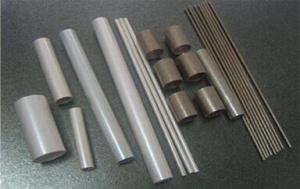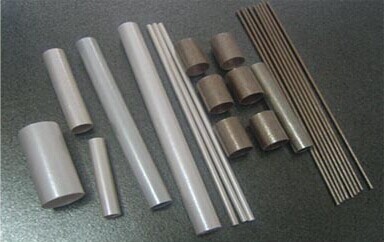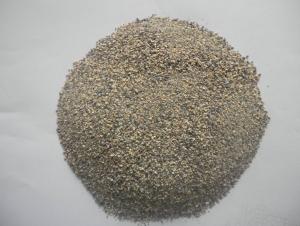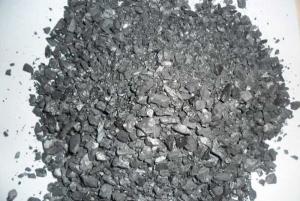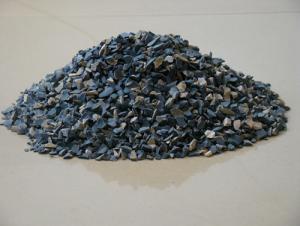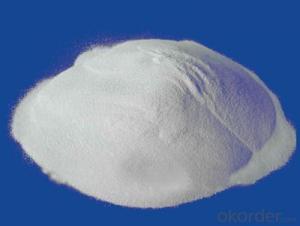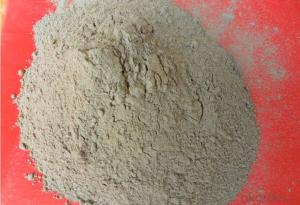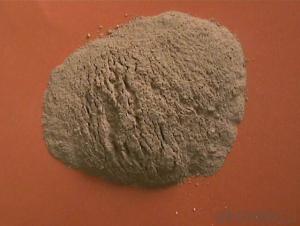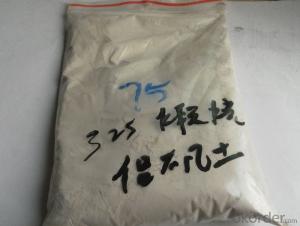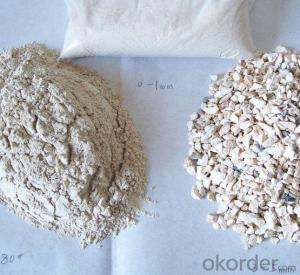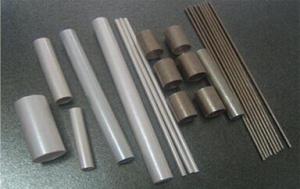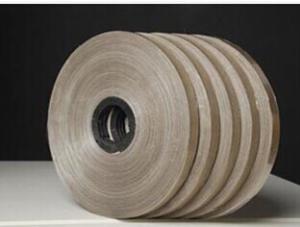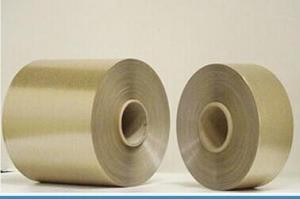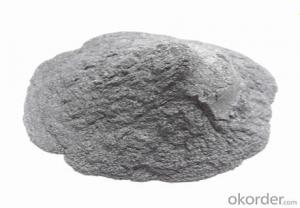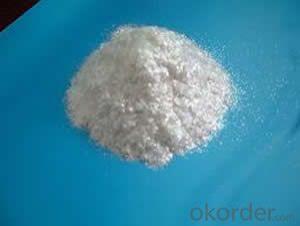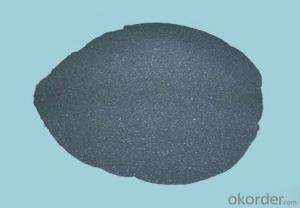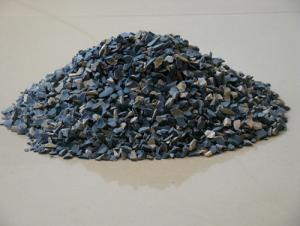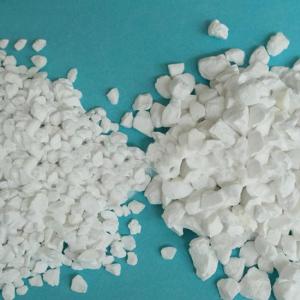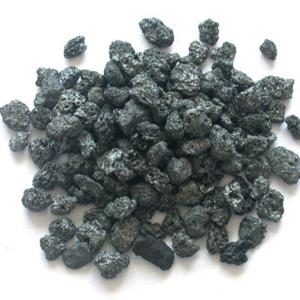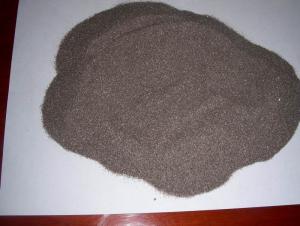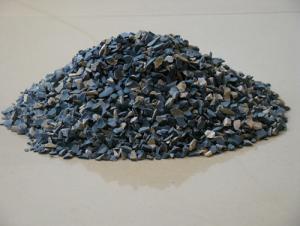Mica Parts - Raw Materials for Refractory
- Loading Port:
- China Main Port
- Payment Terms:
- TT OR LC
- Min Order Qty:
- -
- Supply Capability:
- 9000 m.t./month
OKorder Service Pledge
OKorder Financial Service
You Might Also Like
Laminated mica parts and thick mica washers are all made of our own high quality mica plates,normally used for home appliances,
electro-magnets, micro-sensitive control gear etc.
MICA TUBE
Mica tube is formed by muscovite paper or phlogopite paper fixed with silicon resin, and processed by roll form.
It has good dielectric capability and excellent mechanical strength, and often used as the insulating tube form material in all kinds of
electric equipments, motors, furnaces, electric-arc furnaces, other metallurgy industry equipments.
Mica tube is 10~1000mm length, the internal diameter is 8~300mm. Special size and tolerance can be determined by agreement.
TOLERANCE OF MICA TUBE
Length: 10mm to 1000mm
Internal diameter: 8-300mm
Density: 1.7g/cm3 to 1.8g/cm3
- Q: What's the maximum temperature that the high-temperature resistant refractory ceramic fiber cotton can endure?
- Nichrome wire, stainless steel wire and glass fiber are reinforced. Ceramic fiber coating cloth and slag cloth, sintering ceramic fiber cloth and ceramic fiber fumigation cloth) Characteristics of the ceramic fiber cloth: high temperature resistance, low heat conductivity, thermal shock resistance, low thermal capacity; superior insulating property at high temperature, long service life; resistance to nonferrous metals like molten aluminum and zinc erosion; low and high temperature strength; innocuity with no adverse effect on the environment; Applications of ceramic fiber cloth: It can be applied to the thermal insulation of all kinds of furnaces, high-temperature pipelines and vessels; furnace doors, valves, flange seal, fire doors, fire resisting shutters and high-temperature furnace door curtains; engine and instrument insulation, clad material of fireproof cables, and high-temperature resistant and fire-proof materials; thermal insulation cloth for coverage, high-temperature expansion gap padding, and inner linings of the flue; high temperature resistant labor safety products, fireproof suits, high-temperature filtration and sound absorption, replacement of asbestos, etc.
- Q: How is the grading of the level A new material fire insulation material?
- The standard to distinguish level A and level B is the different fireproofing coefficient. The level A is non-combustible. The level B is divided into B1, B2 and B3. B1 is flame retardant, B2 combustible and B3 flammable. The level A is commonly phenolic aldehyde, rock wool, thermal?mortar, foam ceramics, foam glass and foam concrete on the current market. Among the advantages of level A materials, the biggest one is foam concrete currently, also known as foam cement.
- Q: What's the requirements of fire-fighting criteria of heat insulating material?
- It shouldn't be under than B2 level. Roofing insulation fire rating requirements: the ministry of public security, housing and urban-rural development department issued about printing and distributing the civil building external thermal insulation system and the interim provisions on the exterior wall decorative fireproof prescribed in the notice: roof grassroots adopted duration of fire resistance is the non-combustible component that shouldn't less than 1.00 h's. Its roof insulation materials should not be below B2; Otherwise, the combustion performance of insulating material should not be below the B1 level. The junction of the roof and wall, the insulation layer around the opening part of roof should use the grade A thermal insulation material to set level fire-fighting belt that width is not less than 500 mm.
- Q: The effect of a high content of water in liquid resin exerted on refractory material?
- For one thing, Substandard whiteness, transportation, low quality and the storage of refractory material may account for this. For another, a high content of moisture reduced the performance of refractory material. A high content of moisture is equal to buy water with same money in terms of trade settlement. Based on this, we can’t consider the super-standard water content from a single aspect, because the water content in refractory material is definitely super-standard, and another problem is particle size. Many people hold the idea that excessive amount of water content may revive its original performance, but it tends to have influenced the quality of refractory material.
- Q: Who can tell me about the foundry refractory materials?
- The casting fireproof materials can be divided into three categories in accordance with chemical property, namely, acidic, neutral and alkaline refractories. The commonly used refractories are alkaline and neutral ones, such as alkalic magnesia-carbon bricks, fired magnesite bricks, magnesia-chrome bricks, magnesium-calcium bricks, and neutral high alumina bricks, corundum brick, clay bricks, etc. The shapeless ones include: castable refractory, ramming?mass, gunning mix, coating, and dry vibration material, etc!
- Q: What are the insulation fireproofing materials?
- Insulated shoes, insulated gloves, tape (cloth, plastic, as well as waterproof) yellow wax tube, mouth care, fireproof (ie asbestos cloth is sold by jin) there is pressure-caps black tape, waterproof tape ,casing. There are glass fiber needle felt is widely used in electrical, chemical, construction, transportation, automotive and other industries interlayer insulation and silencer system, and used as an insulating fireproof material.
- Q: Who knows about the differences between 3M fireproofing materials and ShiLiDe materials?
- ShiLiDe materials are rubbish which can not used in many industries now, because the main materials of which are mineral wool boards. These boards are harmful to human body, will lead to chronic poisoning, and the quality of which is bad! You must pay attention to it! They can not be used in chemical and pharmaceutical plants.
- Q: Who knows the external wall thermal insulation materials fire rating requirements?
- The requirements of Department of Housing and the Ministry of Public Security No. 46: Residential buildings: the height of building is greater than 100 meters, the combustion performance of insulation materials should be level A. The other civil buildings: 24≤ height
- Q: Does anyone know fire-proof material of fireproof wooden door?
- Fireproof wooden door goes through the flame treatment, so it can prevent fire. Its principle: Fire-retardant treated timber has become flame retardant material itself and its fire endurance has increased. The commonly used method of fire retardant treatment for timber including: Spraying method, soaking method, boiling method, vacuum method, vacuum-pressure method. Spraying method and soaking method are generally used for timber surfaces which are no longer going through planing process, and thin plate fire retardant treatment, whose thickness is less than 10mm .
Send your message to us
Mica Parts - Raw Materials for Refractory
- Loading Port:
- China Main Port
- Payment Terms:
- TT OR LC
- Min Order Qty:
- -
- Supply Capability:
- 9000 m.t./month
OKorder Service Pledge
OKorder Financial Service
Similar products
Hot products
Hot Searches
Related keywords
